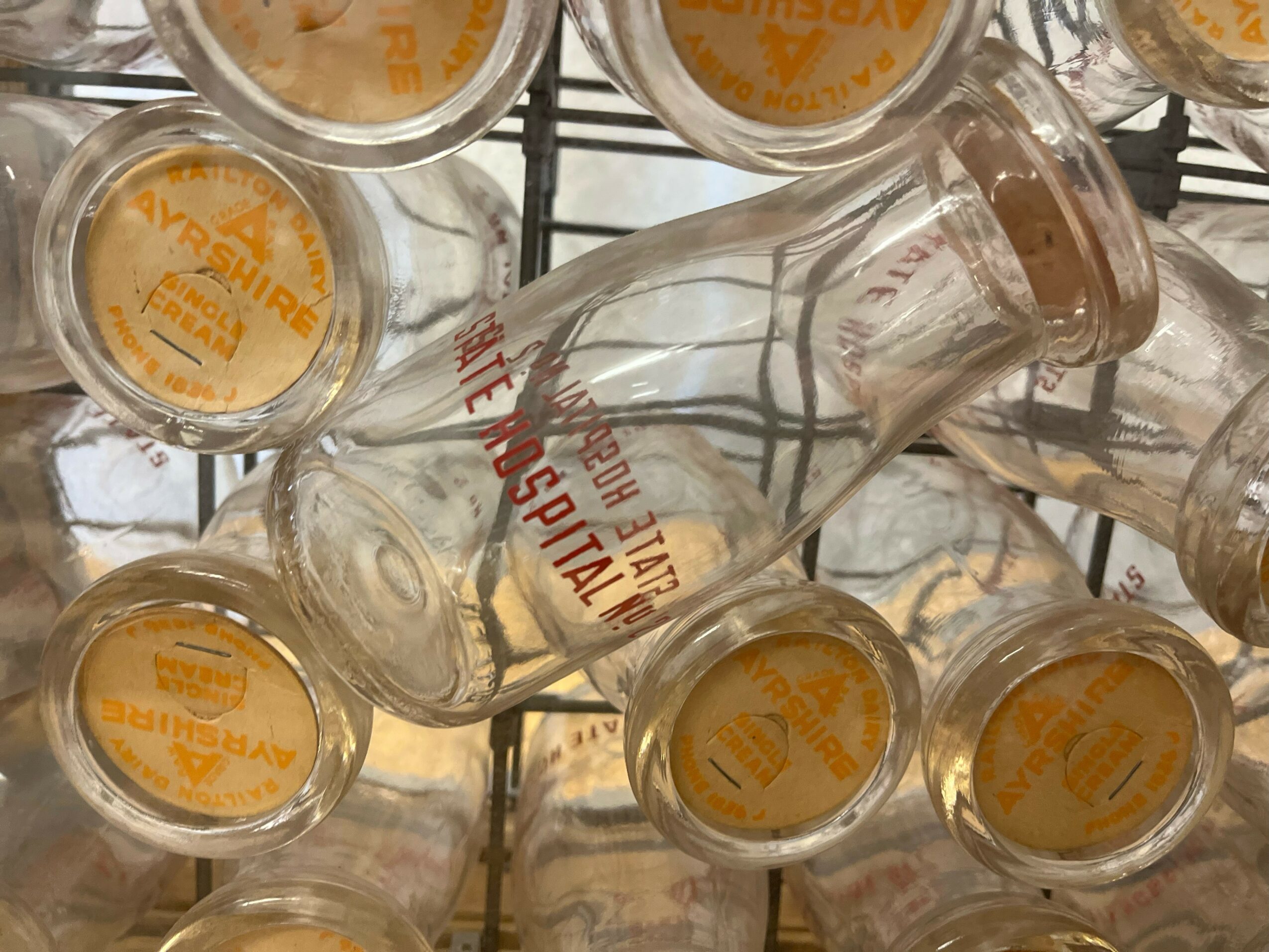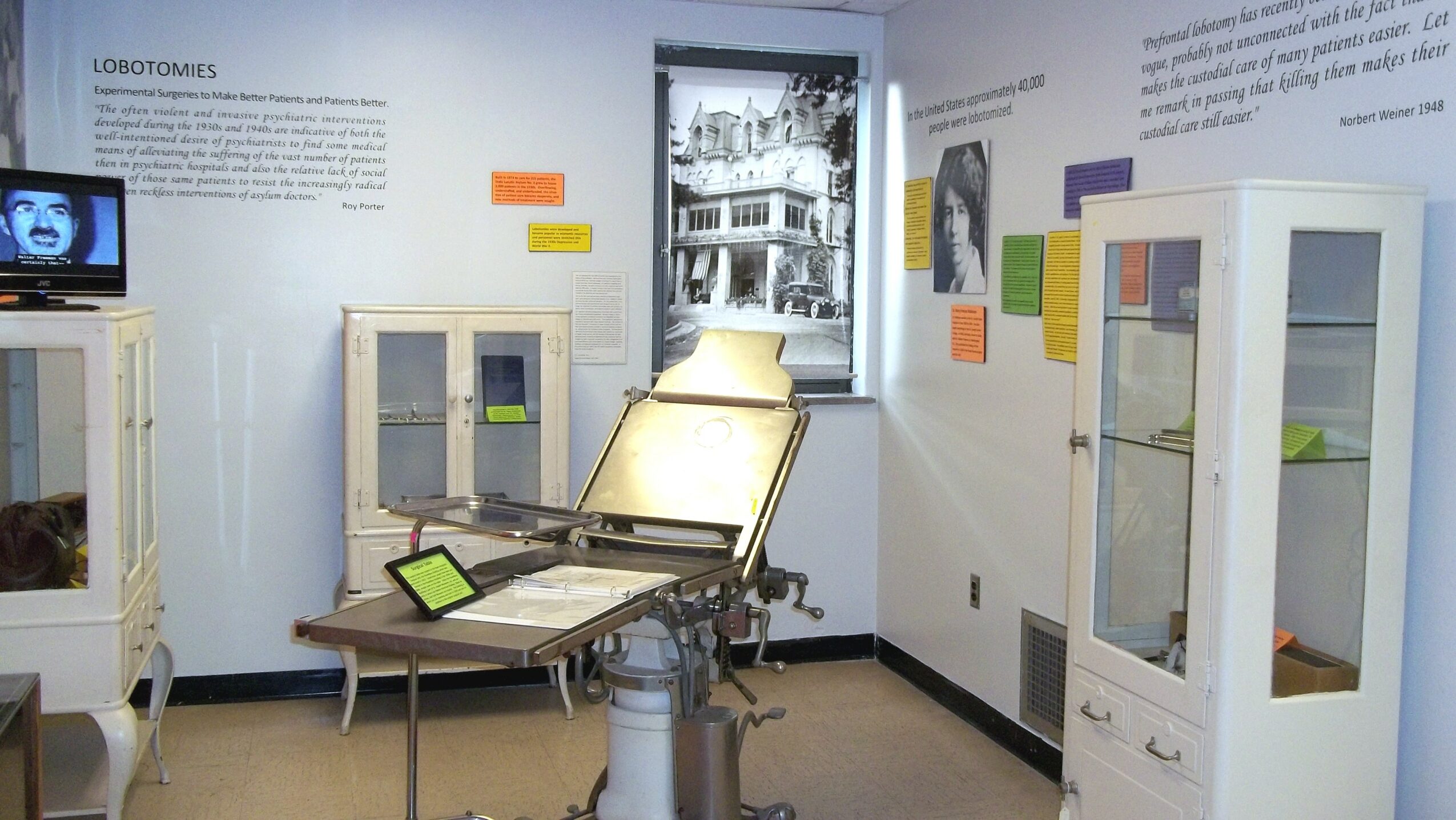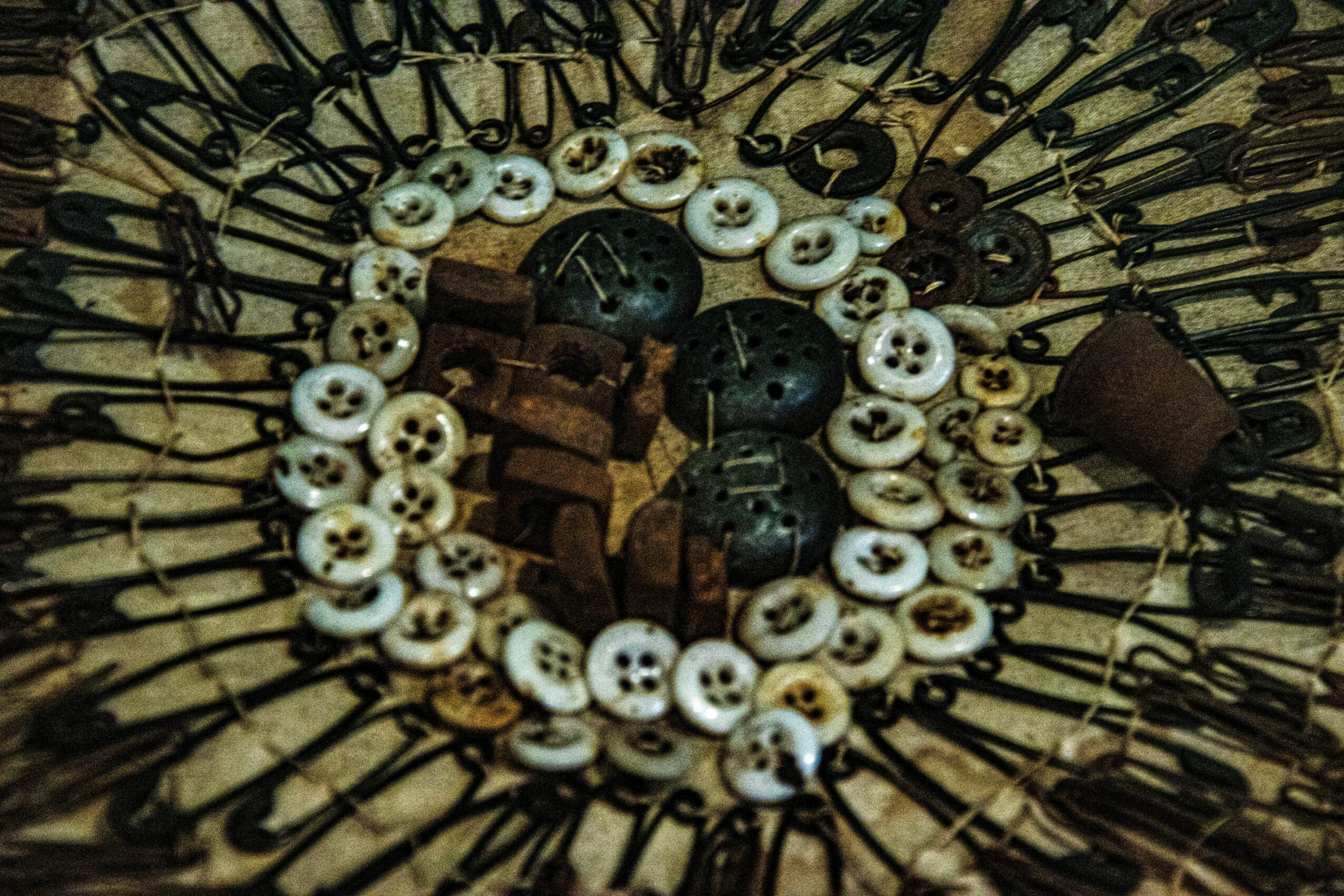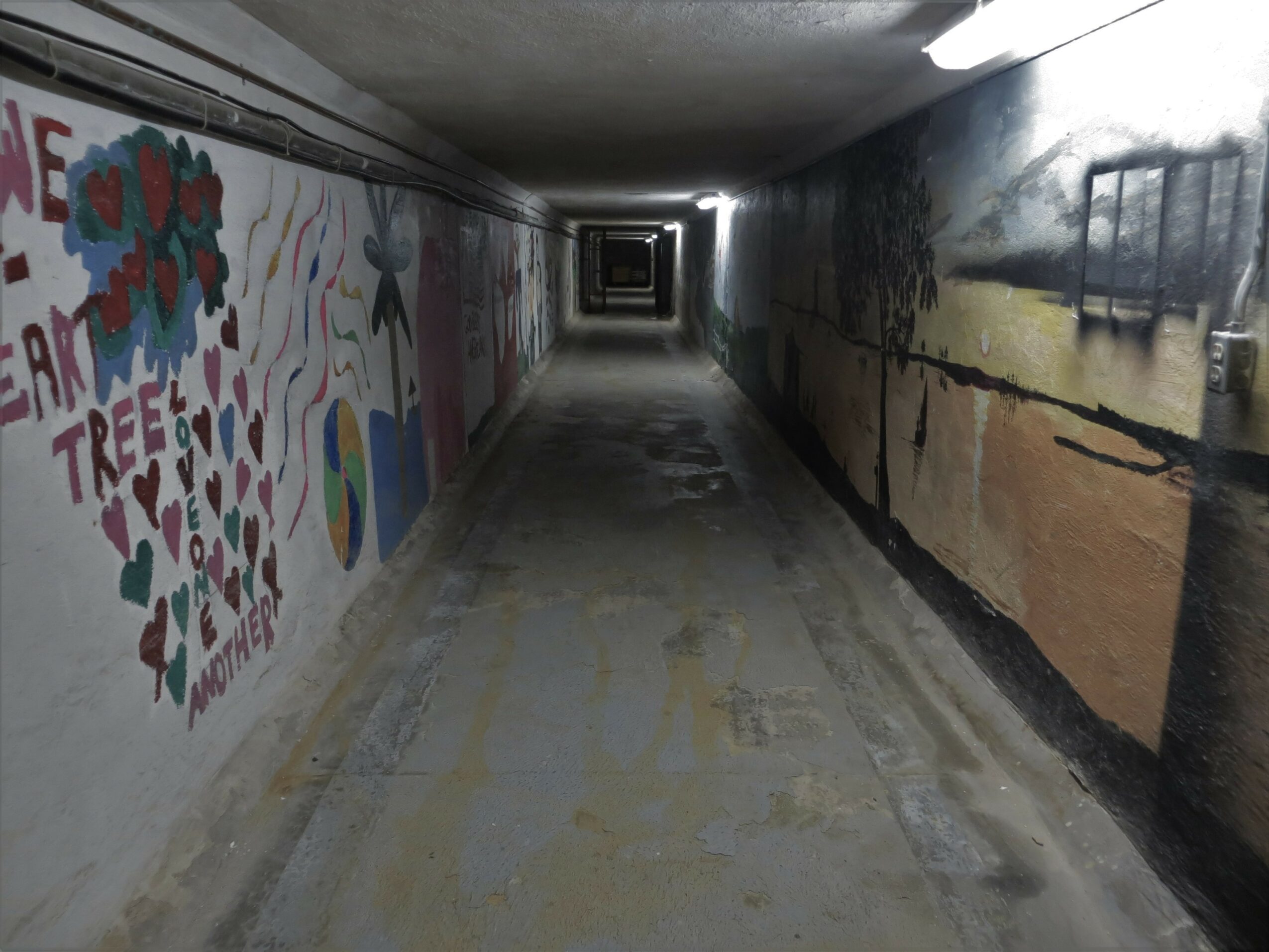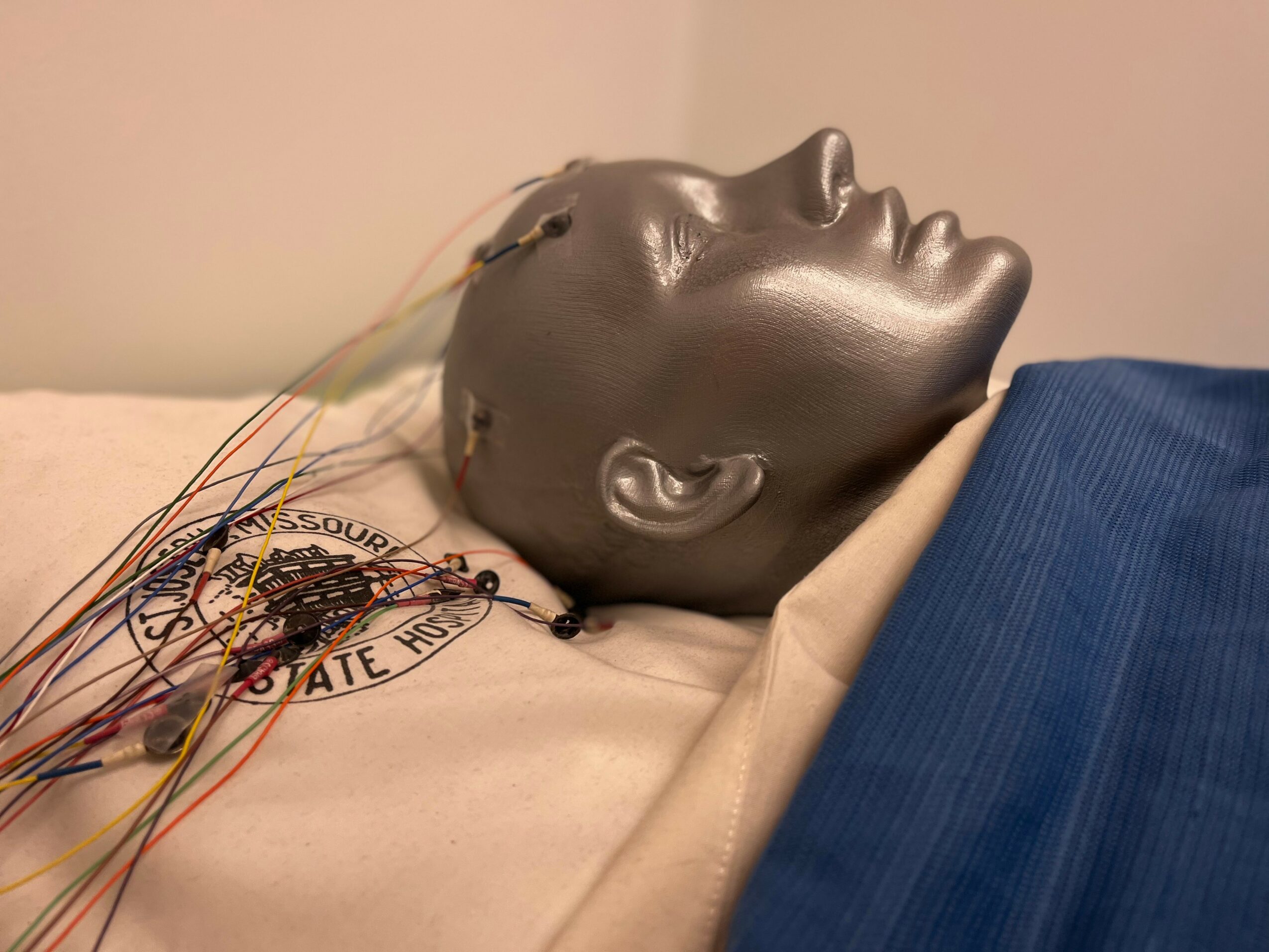

Today we’d like to introduce you to Kami Jones.
Hi Kami, thanks for sharing your story with us. To start, maybe you can tell our readers some of your backstory.
In the heart of St. Joseph, Missouri, where the echoes of history linger in brick and stone, a quiet revolution began in 1968. George Glore, a dedicated employee at State Hospital #2, was preparing for Mental Health Awareness Week. Tasked with creating educational displays, he built full-scale replicas of 17th, 18th, and 19th century psychiatric treatment devices—grim reminders of a time when mental illness was misunderstood and feared.
But something unexpected happened.
Visitors were captivated. The replicas didn’t just inform—they stirred something deeper. Hospital officials saw the power of these exhibits to educate, provoke thought, and honor the lives of those who had passed through the institution’s doors. What began as a temporary installation sparked a vision: a museum that would preserve and share the complex history of psychiatric care.
Thus, the Glore Psychiatric Museum was born.
Housed in the former surgical and outpatient building of the original State Lunatic Asylum No. 2—opened in 1874—the museum grew into the largest of its kind in the world. It became a sanctuary for stories too often forgotten: patient artwork, therapy innovations, sustainability practices, and the evolving ethics of mental health treatment.
Today, George Glore’s replicas remain at the heart of the museum, surrounded by exhibits that challenge, enlighten, and connect. Recognized by national media and hailed as one of the “50 most unusual museums in the country,” the Glore Psychiatric Museum stands not just as a collection of artifacts—but as a testament to empathy, progress, and the enduring human spirit.
Would you say it’s been a smooth road, and if not what are some of the biggest challenges you’ve faced along the way?
The Glore Psychiatric Museum has never been just a collection of artifacts—it’s a living archive of humanity’s evolving understanding of mental health. But preserving that legacy hasn’t come without struggle.
In 1993, when the St. Joseph State Hospital relocated to a new facility, the museum’s future was thrown into uncertainty. There were plans to move the Glore Psychiatric Museum to St. Louis, a decision that would have severed its deep roots in the very community where it was born. Local advocates, historians, and mental health professionals rallied to keep it in St. Joseph, recognizing that the museum’s power lay in its connection to the original site and the stories embedded in its walls.
The fight was not just logistical—it was cultural. The museum faced persistent stigma, both from those uncomfortable with its subject matter and from broader societal discomfort around mental illness. Some questioned whether such a museum should exist at all.
But the community prevailed.
St. Joseph Museums, Inc. stepped in to take on financial responsibility, ensuring the museum’s survival and its continued role as a beacon of education, empathy, and historical truth. Their stewardship transformed the Glore Psychiatric Museum from a vulnerable institution into a nationally recognized treasure—one that challenges visitors to confront the past and reflect on the humanity of those once marginalized.
Today, the museum stands not only as a testament to psychiatric history, but to the resilience of a community that refused to let its stories be erased.
Can you tell our readers more about what you do and what you think sets you apart from others?
At the Glore Psychiatric Museum, we specialize in illuminating the history of mental health care—its trials, breakthroughs, and the deeply human stories often left untold. Our exhibits span centuries of treatment practices, from early therapeutic devices to patient-created art, offering a rare and honest look into the lived experiences of those who passed through State Hospital #2.
We are proud to be the largest museum of our kind in the world, and even prouder to be rooted in St. Joseph, Missouri—a community that fought to keep this museum alive when others wanted to move it elsewhere. Our continued presence here is a testament to local advocacy, resilience, and the belief that history belongs where it happened.
What sets us apart is our courage to confront stigma head-on. We don’t shy away from difficult truths. Instead, we invite reflection, empathy, and dialogue. Through immersive exhibits, emotionally resonant storytelling, and a commitment to ethical interpretation, we offer visitors not just knowledge—but understanding.
This is more than a museum. It’s a space for healing, learning, and honoring the complexity of the human mind.
We all have a different way of looking at and defining success. How do you define success?
At the Glore Psychiatric Museum, success is defined not by foot traffic alone, but by the depth of impact we leave behind. It’s measured in the conversations we spark, the minds we open, and the stigma we help dismantle. Our growing digital footprint and expanding social media following reflect a broader cultural shift—proof that people are ready to engage with the complex, often painful history of mental illness treatment in America. But above all, success means preserving the integrity of our message: honoring those who lived through these systems, educating with empathy, and ensuring that their stories continue to shape a more compassionate future.
Pricing:
- $12 Adult
- $10 Seniors
- $8 Students
- 3 and under Free
- All pricing includes Glore, Black Archives Museum, Archaeology & Native American Galleries, Doll Museum and Wyeth-Tootle Mansion (in season)
Contact Info:
- Website: https://www.stjosephmuseum.org/
- Instagram: https://www.instagram.com/stjosephmuseums/
- Facebook: https://www.facebook.com/gloremuseum
- Youtube: https://youtube.com/@stjosephmuseumsinc.4702?si=LJd4D8C8LMqTSTDd
- Yelp: https://www.yelp.com/biz/glore-psychiatric-museum-saint-joseph
- Other: https://medium.com/@St.JosephMuseum
